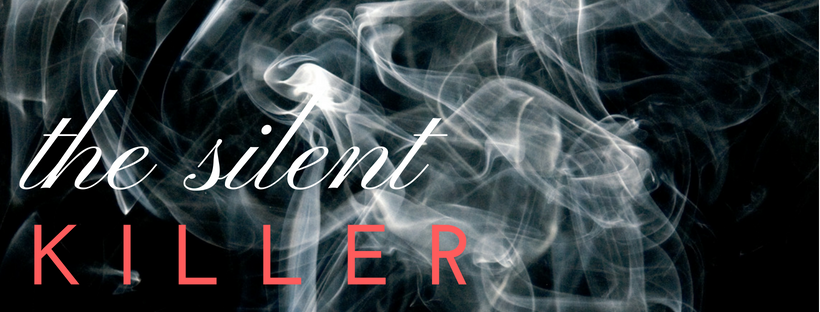Sure, safeguarding your home and family from a threat you can’t see, smell or taste could keep you up at night. But if you educate yourself, understand the risks and choose the right products/services, everyone will be sleeping (safely) like a baby!
1) WHAT IS CARBON MONOXIDE (CO)?
- Carbon Monoxide is a colorless, odorless and tasteless poison gas that can be fatal when inhaled.
- It is sometimes called the “silent killer.”
- CO inhibits the blood’s capacity to carry oxygen.
- CO can be produced when burning fuels such as gasoline, propane, natural gas, oil or wood.
- CO is the product of incomplete combustion. If you have fire, you have CO.
2) WHERE DOES CARBON MONOXIDE (CO) COME FROM?
- Any fuel-burning appliance that is malfunctioning or improperly installed.
- Furnaces, gas range/stove, gas clothes dryer, water heater, portable fuel-burning space heaters, fireplaces, generators and wood burning stoves.
- Vehicles, generators and other combustion engines running in an attached garage.
- Blocked chimney or flue.
- Cracked or loose furnace exchanger.
- Back drafting and changes in air pressure.
- Operating a grill in an enclosed space.
3) WHAT ARE CARBON MONOXIDE (CO) POISONING SYMPTOMS?
Initial symptoms are similar to the flu without a fever and can include dizziness, severe headaches, nausea, sleepiness, fatigue/weakness and disorientation/confusion.
4) WHAT ARE THE EFFECTS OF CARBON MONOXIDE (CO) EXPOSURE?
- Common Mild Exposure – Slight headache, nausea, vomiting, fatigue, flu-like symptoms.
- Common Medium Exposure – Throbbing headache, drowsiness, confusion, fast heart rate.
- Common Extreme Exposure – Convulsions, unconsciousness, brain damage, heart and lung failure followed by death.
- If you experience even mild CO poisoning symptoms, immediately consult a physician.
5) HOW CAN I PREVENT CARBON MONOXIDE (CO) POISONING?
- Properly equip your home with carbon monoxide alarms on every level and in sleeping areas.
The only safe way to detect CO in your home is with a CO alarm. - Every year have the heating system, vents, chimney and flue inspected by a qualified technician.
- Regularly examine vents and chimneys for improper connections, visible rust and stains.
- Install and operate appliances according to the manufacturer’s instructions.
- Only purchase appliances that have been approved by a nationally recognized testing laboratory.
- Never use a gas range/stove to heat the home.
- Never leave your car idling in a closed garage or use fuel-powered appliances or tools in enclosed, attached areas such as garages or porches. Carbon monoxide can seep into your home through vents and doors.
If you have any questions whatsoever about Carbon Monoxide (CO) and your home, give us a call! We’ll come out and evaluate your equipment and tell you exactly what needs to be done to make sure everyone stays safe and sound.




